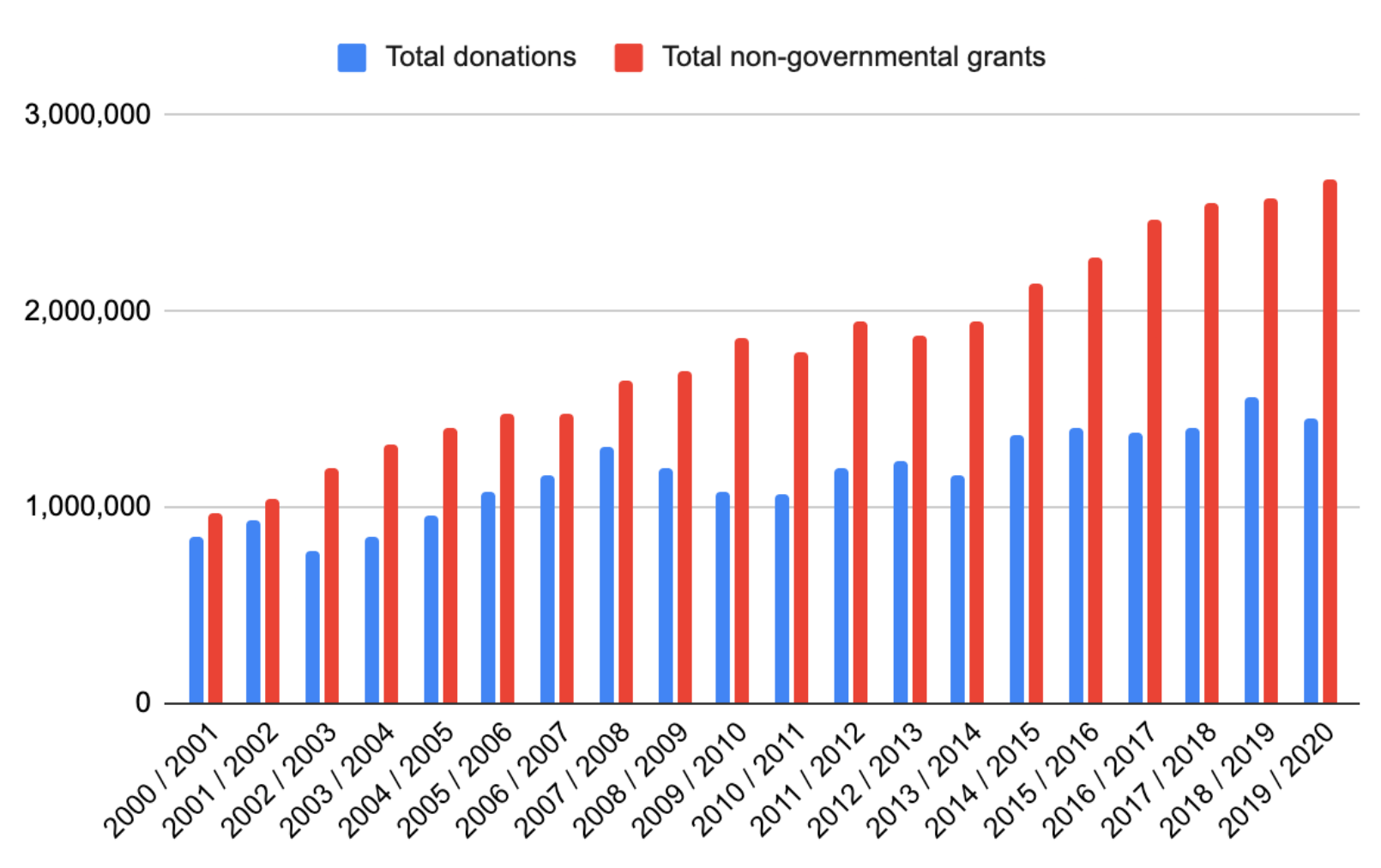DOI of the published article https://doi.org/10.47611/jsrhs.v11i2.3217
Trends and Effects of Privatization on Universities in Canada
DOI:
https://doi.org/10.58445/rars.44Abstract
With the rise of privatization of universities across Canada in the last decade, it has become increasingly important to understand its impact on students both financially and on the universities themselves. While many previous papers analyze trends or the benefits/disadvantages of privatization of public education, this paper focuses on trends of funding sources in universities, in particular, government spending, student tuition, increased private donations, and student loans. Specifically, this paper will delve into the trends over time, particularly focusing on the recent last two decades. The main conclusion to be reached by this paper is a look at privatization through the lens of a decrease in government spending and increased presence of corporate sponsorship, changes in tuition, and changes in overall student debt. Using data from public sources as well as past papers and analyzing these have led to several conclusions. Public spending has decreased through reduced government spending as a percentage of operating revenue. This in turn has led universities to increase the need for other sources of funding, more notably, through tuition and private donations from individuals or corporations. Both these sources have increased as a source of funding overtime. Moreso, while domestically tuition has grown at a more or less normal rate, international student tuition has skyrocketed. Next, it has been shown that increased tuition has direct effects on student debt which has also been shown to increase overtime. Lastly, private donations and non-governmental grants from both individuals and corporations have increased significantly.

Downloads
Posted
Versions
- 2022-12-24 (7)
- 2022-12-24 (6)
- 2022-12-24 (5)
- 2022-12-24 (4)
- 2022-10-25 (3)
- 2022-10-25 (2)
Categories
License
Copyright (c) 2022 Marshal Wang

This work is licensed under a Creative Commons Attribution-NonCommercial-NoDerivatives 4.0 International License.

